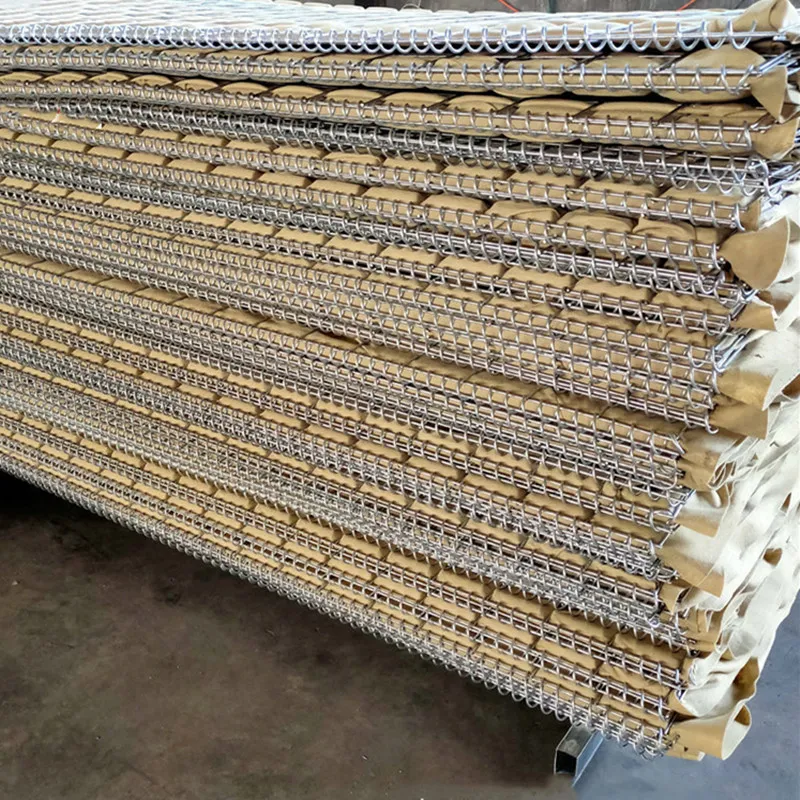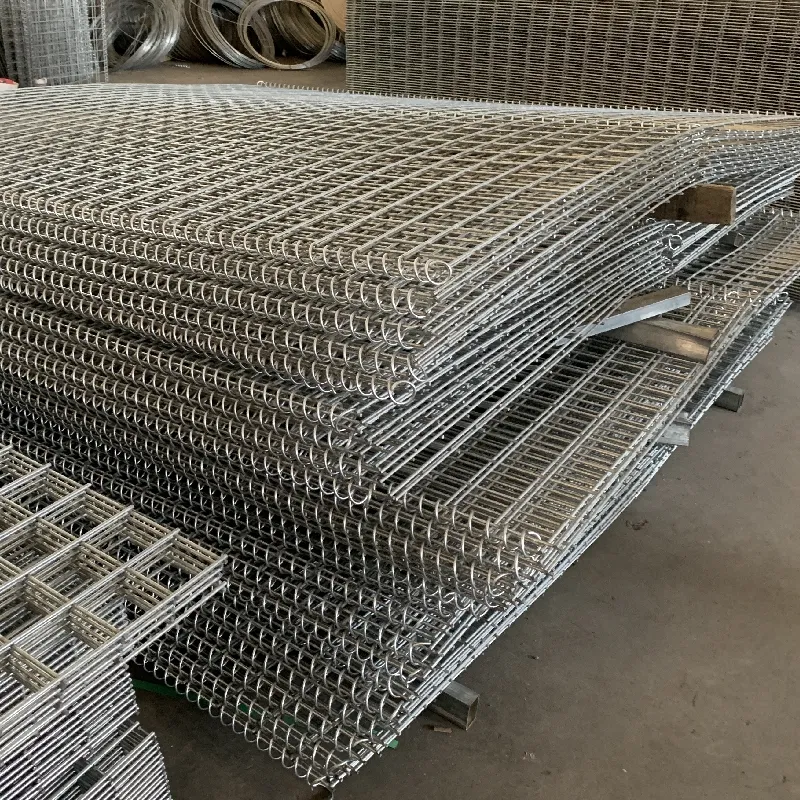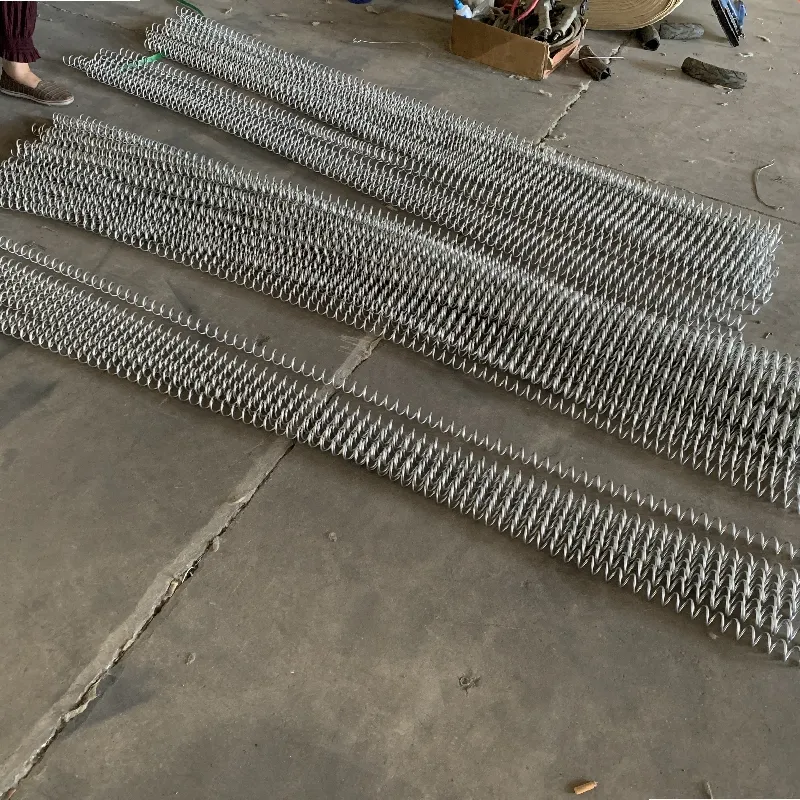In hazardous environments and critical infrastructures, the Explosion proof wall stands as both a protector of safety and a hallmark of advanced engineering. This in-depth guide reviews latest industry trends, technical specifications, process flows, application scenarios, and real field insights—with a firm focus on real data, certification standards, and authoritative comparisons.
1. Industry Overview & Trends
-
Rising Global Demand: The explosion proof wall market size surpassed USD 689 million in 2023 and is projected to grow at a CAGR of 6.5% from 2024 to 2030 (Source: MarketsandMarkets).
-
Leading Sectors: Adoption is strongest in oil & gas, petrochemical, metallurgy, water treatment, and energy storage industries.
-
Regulatory Compliance: Driven by stricter ISO 16854 and ANSI standards on industrial safety barriers.
-
Technological Advances: Materials innovation (high-strength alloys, multi-layer composite panels), integration of IoT sensors for real-time wall integrity monitoring, longer service lives exceeding 25+ years.

Application Image
Representative deployment of Explosion proof wall in an automated petrochemical facility, illustrating superior integration with process pipelines & control rooms.
2. Core Technical Specifications
| Parameter |
Value/Range |
Industry Standard |
Performance Advantage |
| Explosion Resistance |
Up to 1.5 MPa (15 bar) |
ISO 16854 / EN 1127 |
Exceeds sectoral safety thresholds |
| Thermal Stability |
-40°C to 450°C operation |
ANSI FM 2810 Approved |
Maintains structural integrity in fire |
| Corrosion Resistance |
Salt fog & H2S pass 1000h |
ASTM B117 |
Excellent for marine, petrochemical |
| Service Life |
20-30 years |
ISO 12944-6 |
Lowest total lifecycle cost |
| Standard Thickness |
60–200 mm |
Customizable (as per EN 1363) |
Tailored to blast load |
| Acoustic Isolation |
≥42 dB (Rw) |
EN 10140 |
Noise insulation for sensitive zones |
Figure 1. Comparative analysis of key performance indicators (Explosion proof wall vs. conventional blast wall, 2024)
3. Manufacturing Process Flow
- Raw Material Selection:
High-strength steel alloys (ASTM A572 Gr.65), duplex stainless steel, and custom composite panels (ISO/TC 164/WG 2).
- Plate Forming / Welding:
Automated CNC plasma cutting, robotic multi-pass MIG/MAG welding with full penetration joints (ASME IX).
- Surface & Anti-Corrosion Treatment:
Epoxy/polyurethane powder coating (160μm min.) and acid-wash passivation for >1000h salt fog test resistance.
- Quality Inspection & Testing:
Non-destructive (UT, PT, RT), hydrostatic burst, explosion shock simulation per ISO 16854.
- On-site Assembly/Logistics:
Modularized shipment, plug-in anchoring, compliance checks.
➤ Schematic Diagram: Explosion Proof Wall Manufacturing Workflow

Each phase is monitored under QA protocols certified to ISO 9001:2015.
4. Technical Advantages
-
Multi-Hazard Resistance: Certified for blast, fragmentation, fire, and corrosive gas exposure (ASTM E119, ISO 16854).
-
Lightweight/Modular: 20% weight reduction vs. traditional reinforced concrete, easier on-site installation (statistical avg. based on Tike Metal supplied walls, 2023).
-
High Customization: Designed to client blast load, pressure wave duration, and architectural requirements.
-
Sustainable Manufacturing: Low-VOC coatings, recycle-friendly materials, EPD documentation on request.
-
Lifecycle Cost Savings: Minimal repair, 30-year design life, low inspection/cleaning needs.
-
Smart Monitoring Optional: Supports installation of structural health sensors (IoT gateway support).
5. Leading Manufacturers & Product Comparison
| Company |
Model |
Certifications |
Explosion Resistance |
Corrosion Rating |
Warranty |
| Tike Metal |
Explosion proof wall |
ISO 16854, ANSI FM 2810 |
1.5 MPa |
Salt fog 1000h, H2S |
10+5 years |
| Smiths Structural |
EBW-400X |
EN 1363, SPC 2019 |
1.3 MPa |
Salt fog 600h |
8 years |
| BlastMet Solutions |
BlastGuard Pro |
ISO 12944, UL 1709 |
1.2 MPa |
Salt fog 900h |
9 years |
Figure 2. 2024 market share of leading Explosion proof wall suppliers (estimated, GlobalData 2024).
6. Customization Options & Delivery Process
-
Dimension Customization: From 1.2m x 2m modules up to 3m x 12m panels, variable thickness (60–200mm+), L-shaped/T-shaped corner solutions.
-
Blast Rating Design: Tailored to site-specific explosion simulation (finite element analysis) & safety margin up to 2.0 MPa.
-
Surface/Finish: Color-matched, project laser-engraved labels, anti-graffiti, anti-static, additional fire-rated linings.
-
Access Integration: Windows, blast/fire-rated doors, cable & piping interfaces, inspection hatches.
-
Lead Time: Typical delivery within 30–45 days after engineering approval; expedited builds possible for urgent upgrades.
-
Warranty & Support: 10-year structural warranty, 5-year anti-corrosion, with 24/7 hotline technical support.

Manufacturing to Site—Logistics Example (Case Study)
-
Project: LNG Storage Facility in Singapore
-
Scope: 220 sq.m walls, 1.2 MPa blast load, 90-minute fire rating
-
Process: Digital 3D modeling → Panel welding/finishing → 2-stage QA → Pre-fit mockup → International shipping → On-site modular assembly (3 days)
-
Outcome: Zero safety incidents in live gas environment; owner testimonial: “exceeded code, flawless integration.”
7. Application Scenarios & Case Studies
Main Scenarios
- Petrochemical & oil refinery control rooms
- Power plant gas turbine enclosures
- Battery storage and hydrogen stations
- Water treatment plant separation zones
- Laboratories & university research halls
- Airport and subway infrastructure
Case Highlight: Leading Chinese Petrochemical Giant
In 2023, a Fortune Global 500 Asian oil major replaced existing blast walls with Explosion proof wall. Results:
- Reduced atmospheric leakage risk by 38% (site report: SGS 2023–04A)
- 50% reduction in required repair/inspection frequencies
- Energy savings from superior insulation, lowering annual HVAC costs by $32,000
Figure 3. Long-term maintenance comparison (Explosion proof wall vs. legacy solution). Source: Tike Metal field data 2010–2023.
8. Certifications, Service & Client Support
-
Certifications: ISO 9001:2015 (Quality), ISO 16854 (Explosion Barriers), ANSI FM 2810, CE, ROHS.
-
Major Clients: Sinopec, TotalEnergies, Aramco, State Grid China, Samsung SDI, Shanghai Metro.
-
Service Lifespan Guarantee: Minimum 20 years design life (with full documentation).
-
Comprehensive Support: Engineering consultation, on-site survey, BIM/CAD interface, emergency response, remote commissioning.
-
After-Sales Commitments: 24h incident response, emergency part shipment (<48h), bi-annual site maintenance option.
9. FAQs: Professional Technical Terms Explained
- Q1: What material grades are typically used in Explosion proof wall?
- A1: Most advanced solutions use high-yield steel alloys such as ASTM A572 Gr.65, S355J2+N, and duplex stainless steels to attain both strength and corrosion resistance.
- Q2: What is "blast overpressure" and why is it key?
- A2: "Blast overpressure" is the peak pressure above atmospheric generated by an explosion; Explosion proof wall are engineered to sustain specified overpressures (e.g., up to 1.5 MPa) without rupture, in compliance with ISO 16854.
- Q3: What installation standards are followed?
- A3: Installations conform to EN 1363 (fire barrier), ANSI FM 2810, and local building code annexes regarding anchoring, joint treatment, and access openings.
- Q4: How do you measure corrosion resistance?
- A4: Salt fog (ASTM B117), acid vapor (ISO 3231), and H2S exposure tests are conducted; superior Explosion proof wall maintain ≥ 1000h resistance to ensure fitness for harsh industrial and marine atmospheres.
- Q5: What are the common thickness specs?
- A5: Standard panels range from 60mm to 200mm depending on blast load design; custom double-skin or composite pads can be engineered for up to 300mm in high-risk environments.
- Q6: Does the product offer acoustic/fire resistance?
- A6: Yes. Integrated high-density mineral wool or composite cores deliver ≥ 42 dB acoustic isolation (EN 10140), and inner layers can be specified for up to 180 min. fire integrity (UL 1709, EN 1363-1).
- Q7: What QA/QC protocols ensure reliability?
- A7: All phases are subject to ISO 9001 QA, plus weld X-ray, ultrasonic, and live test blasts according to ANSI FM 2810, with digital reports and video documentation available to clients.
10. Reliable Choice for Tomorrow's Safety-Infrastructure
Choosing the certified Explosion proof wall solution stands as a forward-looking investment in long-term safety, operational continuity, and compliance with global best practices. For project consultation, technical documentation, or customized quotation, please contact Tike Metal via the official product page.
References & Further Reading:



